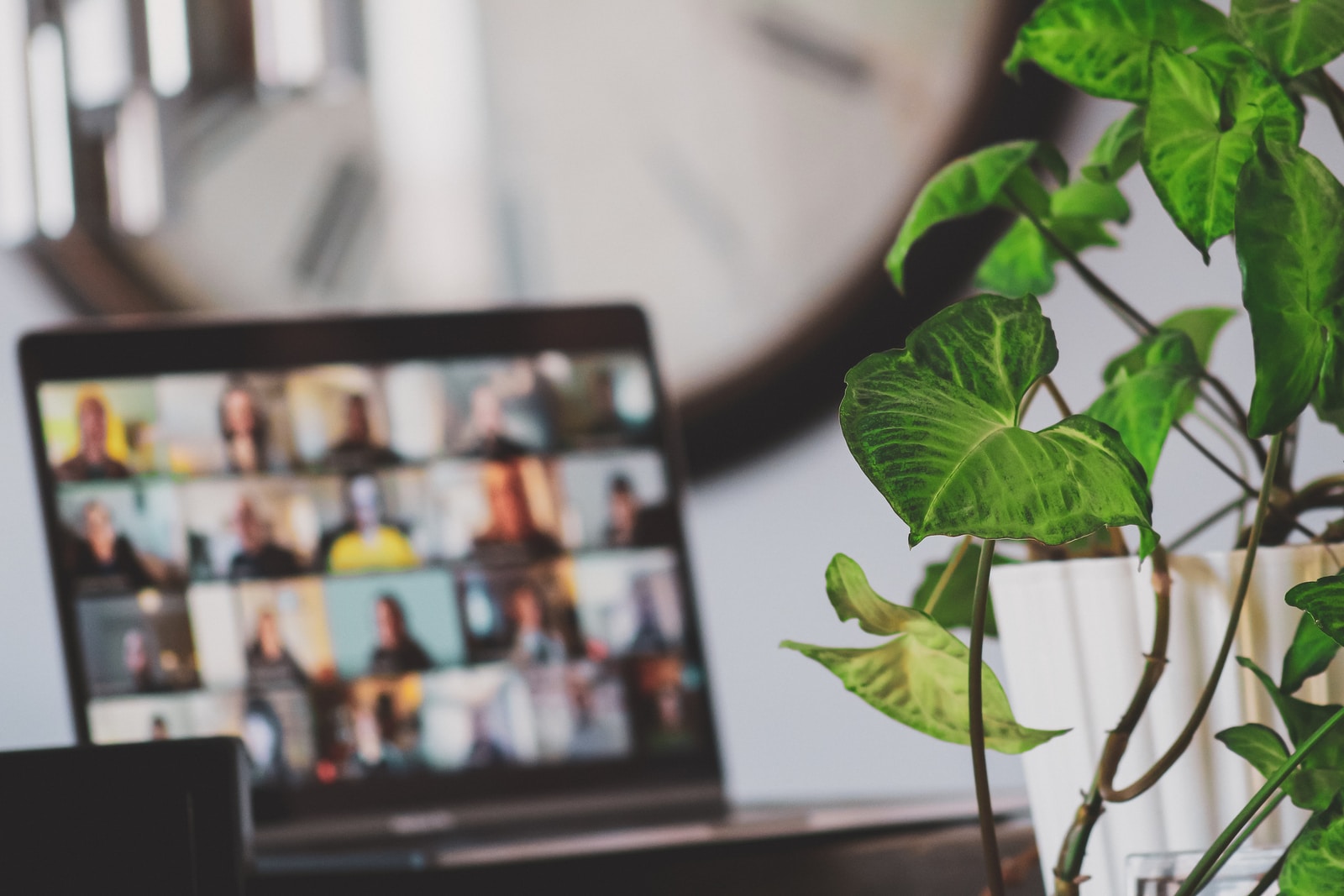When we’re around 7 or 8 years old, people start asking us what we want to be when we grow up. Most kids I knew responded with things like astronaut, ballerina, firefighter. There were a few doctors and engineers.
My answer was, “I want to be an international businesswoman.” I don’t think I actually knew what that meant. But my early days of childhood memories are filled with going with my dad to his office on Saturday mornings. My dad was the VP and then CFO of a prominent long-distance telephone network (the 90’s on fleek in this story). Every Saturday I would sit at the second mahogany desk he had in his office, with a yellow notepad and a Mont Blanc pen, doing my homework, making lists, jotting down my “ideas” and “business plans.” I would go into an empty conference room, swivel around on the leather chairs, and give presentations to an imaginary board and imagine myself giving a presentation to a roomful of people applauding my brilliant ideas. As the day wound down, we would listen to NPR’s, ‘All Things Considered’.
Strangely enough, I ended up living my dream. Becoming a lawyer, then a consultant at a large company, I lived the big office life as my normal existence. When I wasn’t on a plane, train or in an Uber, I was in my office. And I loved being in the office. There is something about that connection to my childhood that made the office more than just a place of work. The whirring of the printer, the smell of fresh ink, and the energy from all the personal interactions made me feel closer to my dad and my childhood At 5pm, I’d turn on All Things Considered, which still has the same trumpet intro as when I used to listen to it with my dad. My commute home was a sunset walk through downtown Washington, D.C.; through crowds of working professionals, tourists, protestors, and street performers. The smell of power washed sidewalks and sounds of clinking glasses at outdoor restaurants filled the air.
And…we all know what happened. I won’t rehash it. I won’t even say the C-word. My focus in this article is in looking forward.

After 16 months, notwithstanding all the issues that need to be sorted out, going back to the office at least part-time is real for many of us. The future of work looks different depending on where you work, but the hybrid and full-return models of working are developing.
This isn’t just like flipping a switch, though. It will be a tough transition. How will we do it? Here are my top 5 ways to go back

#1 You never know who you will run into – so dress as if you could run into anyone
The one thing working from home took off the table was the element of surprise. Every interaction has been planned and on a calendar, with a list of attendants. If by any chance you were caught off guard by a high level person or important client, you could keep your camera off and blame your “bad bandwidth.”
Now with going back to the office, there is no more hiding behind an avatar. At any moment, you could run into your boss, a potential investor, a client. And as this Financial times article points out, it’s even more important what you wear now. No one dresses to conform to a formal dress code any more, because they are virtually non-existent. That doesn’t mean it doesn’t matter. Some of us will be going to our offices for the first time since we started a job. Even if it’s returning to a job we have had for years, in many ways, it’s like starting over. And as the famous head and shoulders commercial reminds us, we never get a second chance to make a first impression!
So what does that mean? It depends on what you want. If you want to level up, then level up your wardrobe. Dressing professionally does not mean being uncomfortable. You can buy yoga pants that look like dress pants. You can buy shoes with Nike Air padding, and even running shoes that look like dress shoes.
What has traditionally been my style is to dress in neutral colors – black, beige, white, charcoals, and greys – becuase this cuts clean lines and draws attention to YOU, not your clothes. So here’s a sample of that look, with the Nike Air Rift Breathe, which I can walk miles in and even wear with professional clothes:

Wearing work clothes gives me the motivation to work even harder on being in shape, because of the fact that they are NOT as comfortable as sweats. Zippers and waistbands keep us accountable in the same way a scale does. Think of what you wear to the office as your superhero outfit. What do you wear that makes you feel like you can walk into a room with stealth confidence?
#2- Take full advantage of face time (not facetime) when you are in the office
This year has been a blur of Hollywood squares, and that’s changed the way our brain processes human interaction. According to this article in National Geographic, the whole difference between the “gallery view” of virtual meeting platforms and an actual live conversation is that while people who are not speaking virtually appear to be muted, there is constant communication in real life surroundings even when people are quiet. During an in-person conversation, the brain focuses partly on the words being spoken, but it also derives additional meaning from dozens of non-verbal cues, such as whether someone is facing you or slightly turned away, if they’re fidgeting while you talk, or if they inhale quickly in preparation to interrupt.
The advantage of going to the office lies in both random and orchestrated encounters. You can orchestrate a call with someone you work with to work on a project, but you can’t orchestrate those chance encounters when you run into a great opportunity by meeting someone new or connecting with someone who isn’t in your immediate orbit. Even if it’s only transactional, over time, it becomes a build of hundreds of micro-transactions, and often leads to more meaningful opportunities for collaboration.
While this issue is definitely an area of great debate, scientifically, Studies have shown that collaboration through face-to-face contact is an important predictor for cooperation. The research shows that cooperation drops in the context of writing messages, having telephone conversations and interacting with human-like avatars compared to face-to-face encounters with real people. Which is why a blended and more fluid approach to the future of work is ideal – we will have those days to ourselves for “crunch time”, and can plan on devoting our energy to building relationships and collaboration when we are in the office. So when you are there, use as many opportunities as you can to be there and grow/rebuild your network.

#3 – You can “socially reintegrate” anytime
One challenge that all of us are faced with is to build up a tolerance for all these social interactions. A lot of us, including myself- are out of practice. Right now I am focused on practicing my social skills wherever I can. It’s about starting with the basics, right in your backyard. The next time you go to the grocery store or pharmacy, make it a point to ask the person behind the counter, or in line next to you, how they are doing. Find any reason to start a conversation – the weather, someone’s shoes you admire, how good the coffee is at this place.

You can also grow your social network intentionally, and combine fitness! Join an outdoor exercise class, a running club, a new fitness class. This type of “sparse networking” is actually the advice of a Wharton School of Business professor on career advancement. Reintegrating back into the social fabric can be anxiety-provoking, but the good news is that everyone has the same awkward feelings
Another option is to start meeting up with co-workers who are so inclined outsideof the office. Coffeeshops or co-working spaces are good options to get facetime in a more inviting environemnt, to ease the transition.
here are some more ideas from Stanford university to combat virtual conference call fatigue.

#4- Keep putting your mental health first
This year has been a challenge of mental fitness. Burnout, circumstances beyond our control, and a never-ending list of depressing world events have burdened our minds with a cloud of negativity. What used to be about a stiff upper lip in the presence of our colleagues in the office became an honest and introspective window into our one common denominator – our existence as human beings that experience pain and weakness.
Weakness, however, is not the same thing as “being weak.” Like the body, the mind can get stronger and more resilient. The download rate of meditation apps rose by more than 25% in 2020 and starting the first week of March 29, 2020 download rate of “mindfulness apps” hit more than 750,000 people and continued to grow, spending more than $195 million on such apps last year. People who had never set foot in a gym were suddenly working out from home and getting regular exercise outdoors. Whatever we had to do to stay sane, we did for survival. Mental health became a necessary and not optional consideration.
What I learned from all of this is to put my mental health and sanity first. Everything I put in front of that, I would lose. Exercising in the morning and getting to the office was feasible, and it will be feasible again. The key is to have your routine NAILED down, starting with the fireman routine I talk about in this article. Have a seamless plan for showering, changing into pre-selected work clothes, and grabbing your packed bag and portable breakfast (try one of these options). Write down each step if you have to. It takes time to get reintegrated back into a routine, and eventually it will feel second nature.

#5 Gratitude is the antidote to acrimony
Now, to be real – this year, a lot of us missed out. Missed out on trips, events, weddings, school, family gatherings, and graduations. Felt trapped – in basements, garages, closets, or even just in our own heads.
We could focus on those things, or better redirect to gratitude. The things I took for granted are the stuff of my daydreams now. The city views, the whirring sound of the printer, the smell of coffee, the clicking sound of heels down the hallway, the conference rooms, I long for it all.
But until that happens, I can turn now and focus on what I am grateful for about what I gained from working from home. I am grateful for being able to see my husband throughout the day, having a chance to play with my dog between calls, and being able to walk during calls has normalized this experience.
Make a list of what you are grateful for – and tape it to your mirror you use to get ready. Even a focus on the smallest and the most basic things, like health, financial stability, and the presence of friends and family can be therapeutic. It helps you wear life more loosely when you already feel enclosed in a cloak of favor.
As Bill Maher’s New Rule about Lessons from Afghanistan says quite well, we don’t have much to complain about when we think of the fortune we have of living in the United States.
The ultimate lesson: The only way forward is to expect the unexpected
I finally realized it’s just an easier way to live life by accepting everything will be messy. Unhappiness comes from an expectation that everything in life will be tied up into a pretty package with a red ribbon on top. That does not mean you should create your own chaos, but rather learn to ride the wave of all the unexpected things we can’t predict. An expectation, rather than an intolerance, of uncertainty is what will make us more agile and willing to pivot to another possibility. And those possibilities are only met with the limitations of our own minds.
So the last thing I have learned is that we never will see the whole picture. We won’t get a clear roadmap of what course to take. The story of your life you think you are writing? If you put down the pen for a second, you will see that the words will still appear and the pages will continue to turn. Expect plot twists and big surprises, and remember you could have never predicted the best surprises. The only way forward is to expect the unexpected. With that comes high risk, but also high reward.
Whatever is happening right now is not permanent. I can’t predict the future, but I can reasonably guess we won’t be wearing masks and standing six feet apart for the rest of the 21st century. It’s time to look people in the eye and embrace the world again. And I’m ready.
More articles:
5 tested tips for returning to the office (Forbes Magazine)
My Boss Doesn’t Want Me to Go Back to the Office (The Cut)






